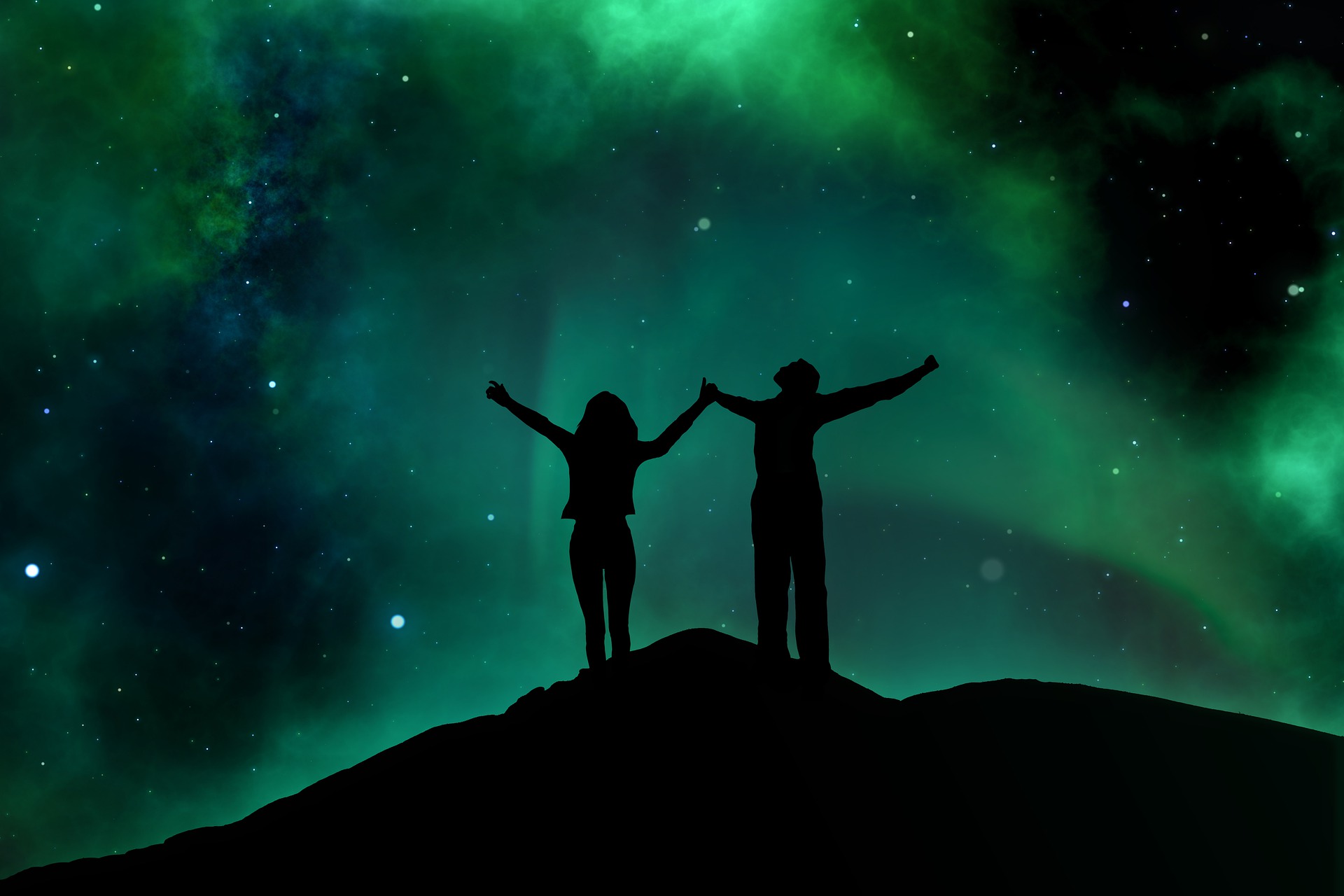Chasing the Northern Lights: Aurora Borealis Uncovered

1 Introduction
Seeing the northern lights tops many travelers’ bucket lists. The sweeping curtains of green, purple, and red flicker across polar skies like something out of a dream. This guide explores the science behind the aurora borealis, offers historical context, weighs the pros and cons of aurora chasing, and provides practical advice so you can witness this stunning natural phenomenon for yourself.
2 What Causes the Aurora?
Solar storms release charged particles known as the solar wind. When these particles collide with Earth’s magnetosphere, they funnel toward the poles where they interact with atmospheric gases. Oxygen and nitrogen atoms become excited and emit the brilliant colors we associate with the northern lights. Green is most common, while rare reds and purples appear during intense geomagnetic activity.
3 A Brief History
For centuries, cultures across the northern latitudes regarded the aurora with awe and sometimes fear. Norse myths linked the shimmering lights to Valkyries guiding fallen warriors. Indigenous peoples of North America saw them as ancestral spirits. Scientific understanding began in the 17th century when astronomer Galileo dubbed them “aurora borealis.” By the 19th century, scientists realized the lights were connected to solar activity and the Earth’s magnetic field.
4 Best Time to See Them
The aurora can technically appear year-round, but dark, clear skies are essential. Northern countries experience long nights from September through April, making this period ideal. Equinox months—September and March—often bring heightened solar activity. Regardless of the season, monitor the aurora forecast from meteorological services and be ready to move quickly if conditions change.
5 Choosing a Location
Prime viewing spots sit at high latitudes with minimal light pollution:
- Tromsø, Norway
- Abisko, Sweden
- Rovaniemi, Finland
- Reykjavik, Iceland
- Fairbanks, Alaska
- Yellowknife, Canada
- Southern Greenland
Before booking travel, research local climate patterns. Coastal areas may have milder temperatures but cloudier skies, while inland regions can be brutally cold yet clearer.
6 Pros and Cons of Aurora Hunting
6.1 Pros
- A once-in-a-lifetime spectacle that photographs can barely capture
- Opportunities to explore remote landscapes and cultures
- The satisfaction of witnessing a rare natural event
6.2 Cons
- Travel to northern latitudes can be costly and weather-dependent
- Long nights in frigid temperatures require serious preparation
- Sightings are never guaranteed, even in peak season
7 Equipment Checklist
- Camera: A DSLR or mirrorless model with good low-light performance
- Wide-angle lens: 14–24 mm focal length with a fast aperture (f/2.8 or lower)
- Tripod: Keeps the camera steady for long exposures
- Remote shutter or timer: Prevents camera shake when capturing images
- Warm clothing: Dress in layers and don’t forget insulated boots and gloves
8 Actionable Tips for Success
- Scout locations during daylight. Familiarize yourself with potential obstacles and compose test shots before darkness falls.
- Use manual settings. Start with ISO 1600, aperture f/2.8, and shutter speeds between 5 and 15 seconds. Adjust based on results.
- Stay flexible. Weather shifts fast in the Arctic. Keep an eye on forecasts and be ready to drive to clearer skies.
- Avoid light pollution. Turn off car headlights, shield flashlights, and pick spots far from city glow.
- Enjoy the moment. While capturing the perfect photo is rewarding, don’t forget to put the camera down and appreciate the spectacle.
9 Historical Anecdotes
During the Cold War, increased solar activity occasionally disrupted radio communications, prompting scientists to study the aurora more closely. Today, researchers continue to monitor geomagnetic storms to protect satellites and power grids. This blend of beauty and scientific significance highlights the aurora’s enduring fascination.
10 Conclusion
Witnessing the northern lights requires patience, careful planning, and sometimes a bit of luck. Yet those who brave the cold nights are rewarded with an unforgettable show of nature’s power. By understanding the science, respecting the local environment, and following the practical tips above, you’ll increase your chances of experiencing this dazzling celestial dance. \nMany seasoned photographers recommend keeping a journal of your camera settings so you can refine your technique over multiple nights. Patience truly is the key to a memorable aurora encounter.